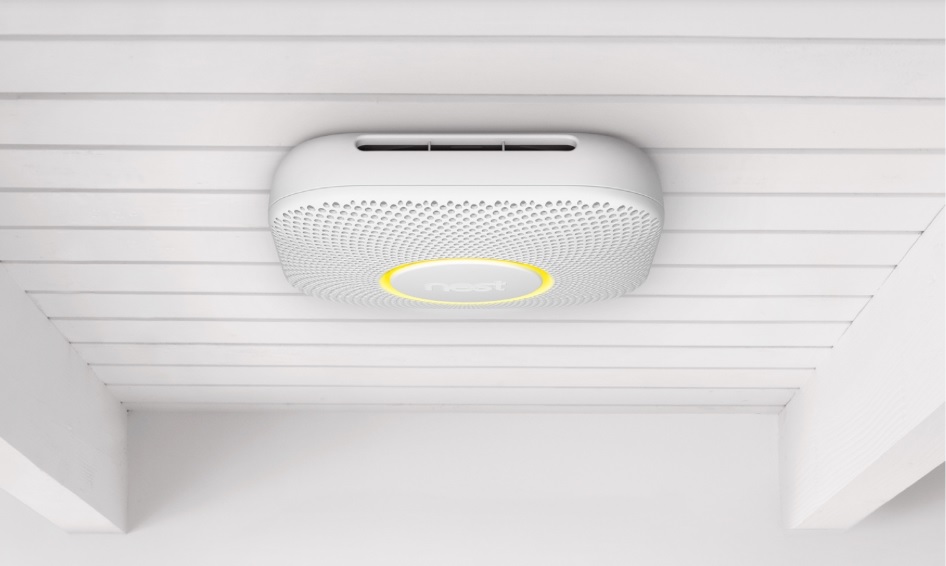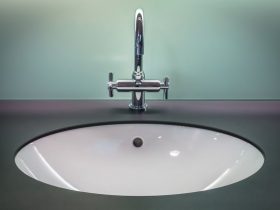
Nest Protect is a smart home appliance, which helps to detect smoke and carbon monoxide in residential environment. It is a product of Google LLC. Nest Protect can be a part of your smart home and make things sorted, if you are in hurry. Nest Protect detects carbon monoxide smoke, which is a huge accomplishment. Carbon monoxide does not have any smell. So, it is impossible to detect the presence of it, unless detected by a smart device. You can control Nest Protect from your smartphone, and you won’t need any extra hardware. The set up is quite simple. Nest Protect can even detect slow fire, and can be used in single or multiple stations.
Nest Protect device has smart-spectrum sensors, and an artificial intelligence human-friendly voice assistant. This voice assitant gives you early warnings, as it starts to detect the onset of a fire disastor. The warning message plays from all speakers. You can know there is a smoke in your kitchen while you are in the bathroom.
However, Nest Protect does not mention the generation of the device on packaging or anywhere else. There are some cues, you must look for in order to identify if it is 1st Gen or 2nd Gen.
How To Know Which Generation Version You Are Using?
Model number
Open Nest app on your phone. Tap protect at the bottom. Click on the settings icon and then select the nest protect you want to check. Then go to Technical info. If it is showing model Topaz-1. × x that means it is 1st generation and if it is model Topaz-2. × x that means 2nd generation.
Serial number
Starts with 05 for 1st generation and 06 for 2nd generation.
Back plate
Square shape for 1st generation and round shape for 2nd.
Side/Edge
Straight edges for 1st and Round edges for 2nd generation.
Back side
For 2nd gen Nest protector, there is battery compartment door at the back side and it does not have in 1st gen.
Smoke chamber
Smoke sensors are located in a smoke chamber. Smoke chamber protects sensors from up to a certain degree. Smoke chamber in 1st gen Nest is with small bugs that can cause false alarm easily. So Nest updated the smoke chamber in 2nd gen with more protection to prevent false alarms.
Testing ability
You should test the smoke alarms frequently to make sure that the sensors and the speakers are working perfectly. In this process the device emits a sound and listen to itself by its built in microphone. In 1st gen, you can do the check up by pressing a safety button on the device. For 2nd gen, you can do this check up from the nest app.
Silent alarm
In case you need to silent alarm like when you are cooking dinner pressing the stop button manually on the protect for 1st gen. But for 2nd gen you can do it from the nest app. This is most significant difference to identify 1st and 2nd generation nest protector.
That’s all for now. Hope the quick tips helped you!







Leave a Reply